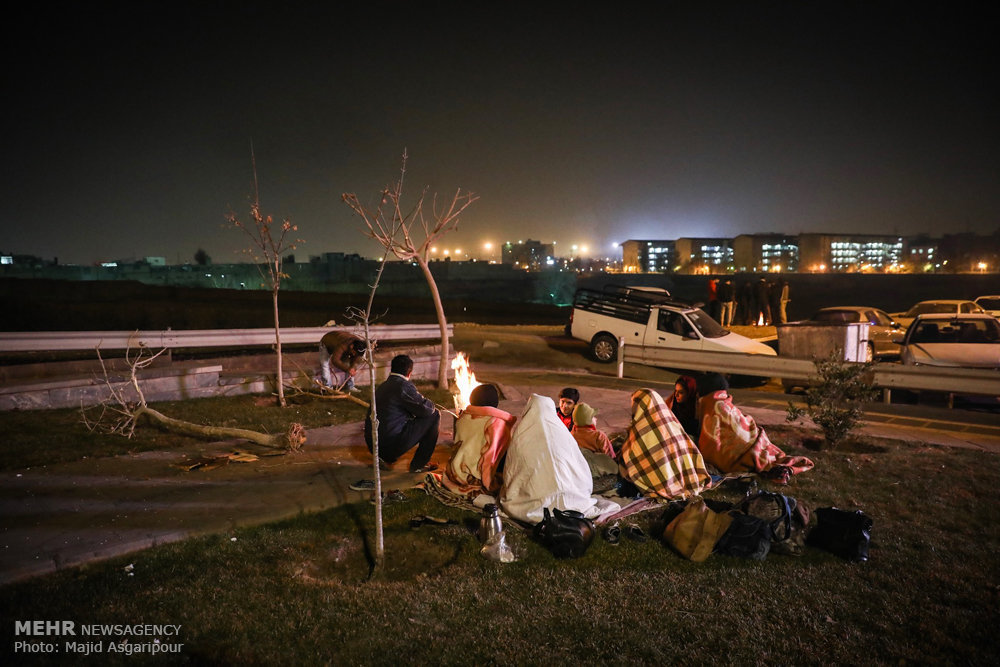Official warns of low levels of disaster preparedness in Tehran

TEHRAN — Ismail Najjar, head of National Disaster Management Organization, has warned of low levels of disaster preparedness in Tehran, YJC reported on Sunday.
“Despite all the efforts we exerted we estimate that the level of disaster preparedness in Tehran is not more than 15 percent,” Najjar regretted.
Najjar made the remarks on the sidelines of the disaster management council’s monthly meeting here on Sunday.
He explained that there is chance that the capital will be hit by a magnitude-7 earthquake and that the level of preparedness for emergency response is very low in the city.
The magnitude 5.2 earthquake which jolted Tehran on December 20 indicated that “we” were not prepared and could not react appropriately, he lamented, adding that science is the means to prevent the [catastrophic outcomes] of a disaster and “that’s what we should do and can do”.
He went on to say that “we are preparing guidelines for all other provinces to be prepared [for providing Tehran with emergency services] in case of an earthquake in the capital.”
The shrine of Imam Khomeini, southern Tehran, can both provide people with emergency accommodation and has the capacity for setting up some 200 field hospitals, the official said.
Storing water supplies, setting up shelters, identifying spaces for helicopters landing are of the measures which must be taken at the time of disaster, he highlighted.
Considering the extent of the disaster only helicopters can offer emergency services, he stated, explaining that Iran’s Red Crescent Society is in possession of 27 helicopters.
“Additionally armed forces helicopters can offer emergency services at the time of disaster.
Should an earthquake hit Tehran there must be enough space for accommodating 10 million people who are displaced and currently “we don’t have such a space,” he said.
Importance of training for disaster preparedness
Tehran Mayor Mohammad Ali Afshani, for his part, also explained that at the time of earthquake, people who are injured and those who intend to take care of the injured ones would impede relief operation since they are not trained for disaster preparedness.
Another problem is traffic congestion which was easily noticeable on December 20 when Tehran was hit by an earthquake, he warned, adding that’s why aerial emergency services must become a priority.
“Garrisons which are located inside the city can be best places for offering aerial emergency services.
“Each province of Iran must be tasked with providing one of districts of Tehran with emergency services.
“If Tehrani citizens are informed about the measures they should take at the time of disaster the problems resulted from the disaster will minimize,” the mayor concluded.
In an interview with YJC in December 2017, Geologist Vida Khaki explained that Iran is located in the Alpine-Himalayan orogenic belt, where more than 95 percent of the world earthquakes occur, which means Iran is a seismic country. Being crossed by several major faults that cover at least 90 percent of the country Iran’s earthquakes normally hit at a shallow depth of less than 25 kilometers and that’s why they are so destructive.
MQ/MG
Leave a Comment